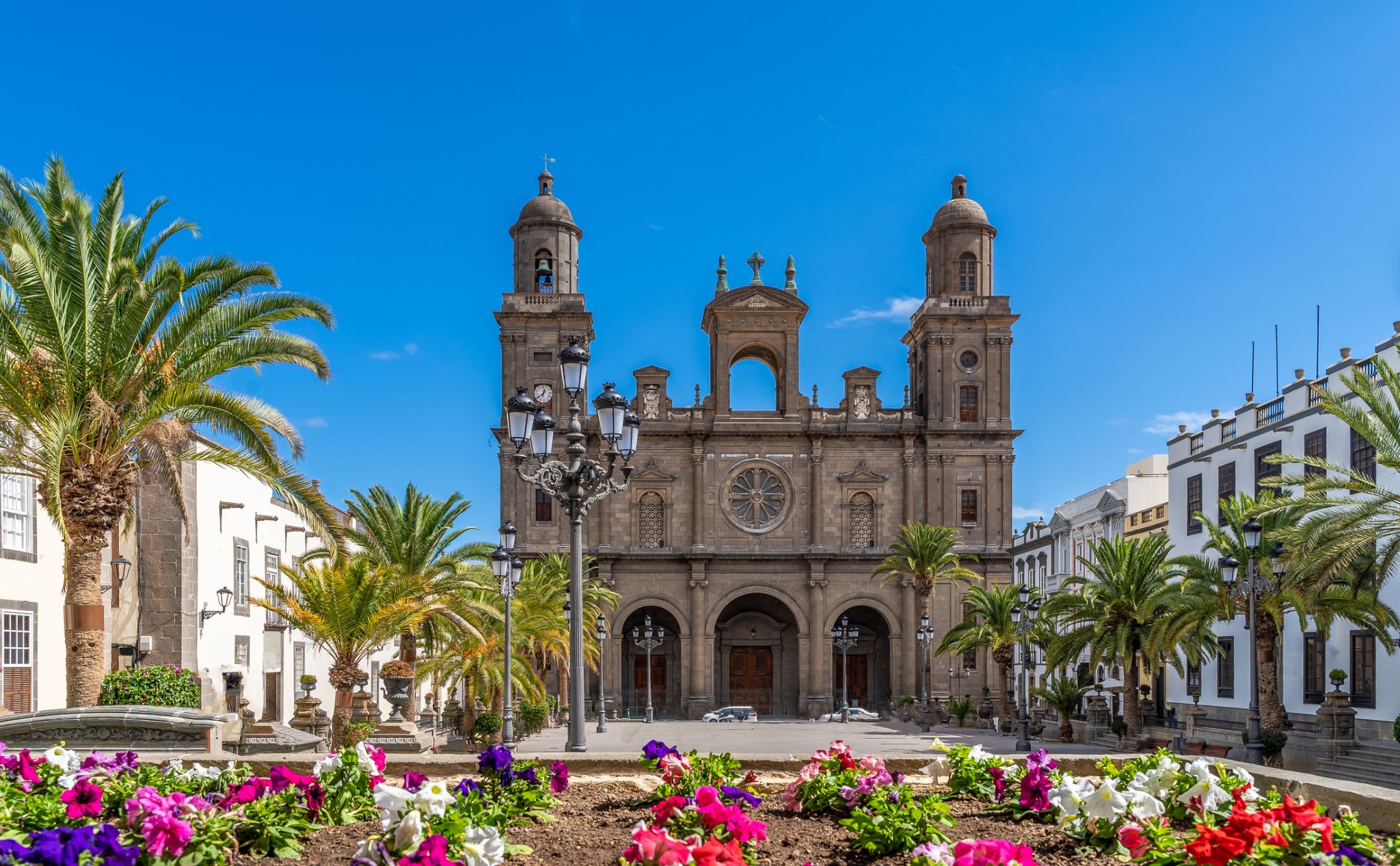

| Cruise Region : Indian Ocean, South Africa / Madagascar |
| Company : Azamara Cruises |
| Ship : Azamara Journey |
| Journey Start : Tue 03 Feb 2026 |
| Journey End : Sat 21 Feb 2026 |
| Count Nights : 18 nights |
| Day | Date | Port | Arrival | Departure |
|---|---|---|---|---|
| 1 | 3.02 Tue | Cape Town / South Africa | 18:00 | |
| 2 | 4.02 Wed | Day at sea / Sea | ||
| 3 | 5.02 Thu | Luderitz / Namibia | 08:00 | 16:00 |
| 4 | 6.02 Fri | Walvis Bay / Namibia | 13:00 | |
| 5 | 7.02 Sat | Walvis Bay / Namibia | 18:00 | |
| 6 | 8.02 Sun | Day at sea / Sea | ||
| 7 | 9.02 Mon | Day at sea / Sea | ||
| 8 | 10.02 Tue | Day at sea / Sea | ||
| 9 | 11.02 Wed | Jamestown / Saint Helena | 08:00 | 18:00 |
| 10 | 12.02 Thu | Day at sea / Sea | ||
| 11 | 13.02 Fri | Day at sea / Sea | ||
| 12 | 14.02 Sat | Day at sea / Sea | ||
| 13 | 15.02 Sun | Day at sea / Sea | ||
| 14 | 16.02 Mon | Day at sea / Sea | ||
| 15 | 17.02 Tue | Banjul / Gambia | 08:00 | 20:00 |
| 16 | 18.02 Wed | Dakar / Senegal | 07:30 | 18:00 |
| 17 | 19.02 Thu | Day at sea / Sea | ||
| 18 | 20.02 Fri | Day at sea / Sea | ||
| 19 | 21.02 Sat | Las Palmas (Gran Canaria) / Spain | 06:00 |
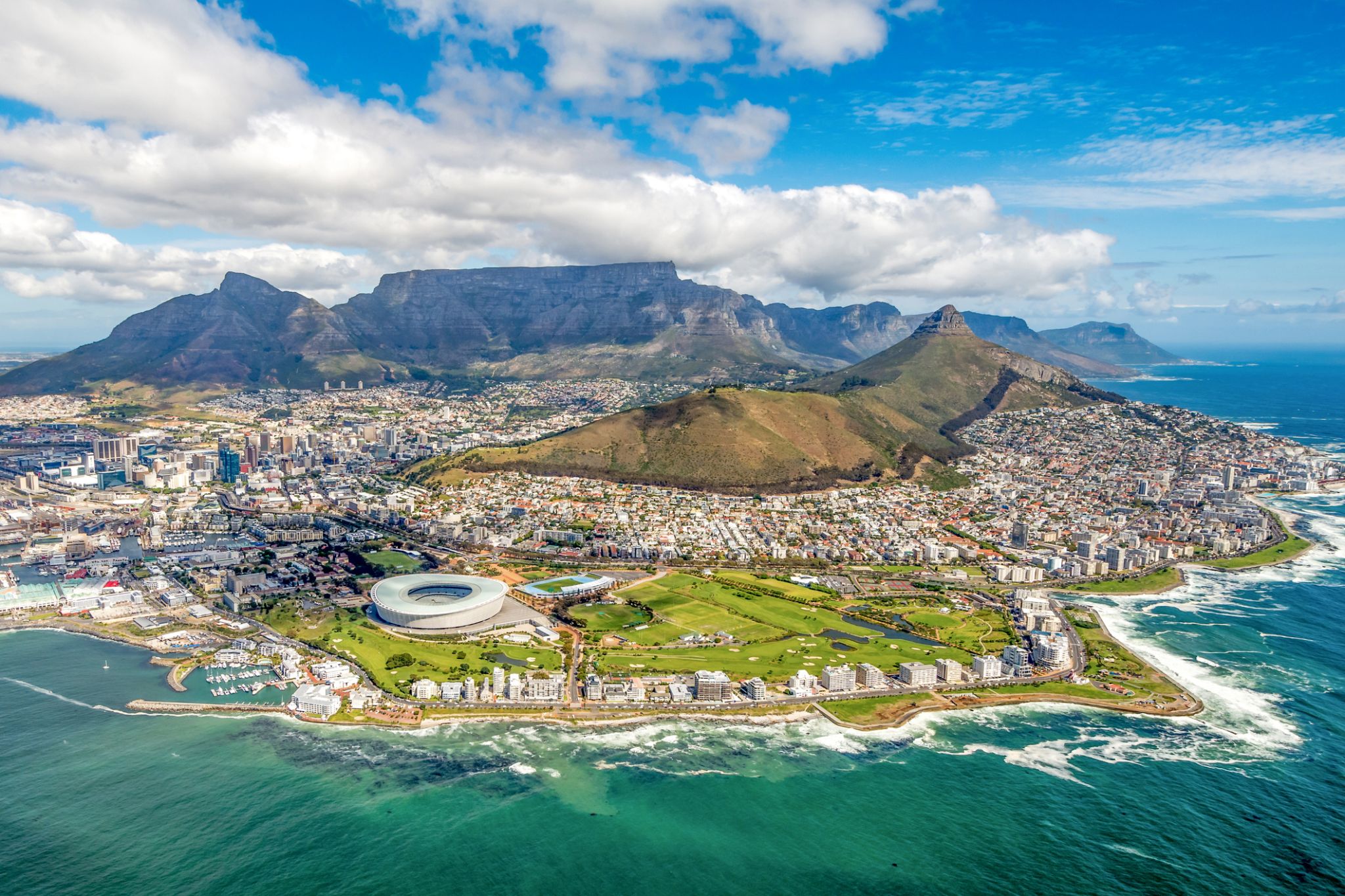
Cape Town is the oldest city in South Africa, colloquially named the Mother City. It is the legislative capital of South Africa and primate city of the Western Cape province. It forms part of the City of Cape Town metropolitan municipality.
The Parliament of South Africa sits in Cape Town. The other two capitals are located in Pretoria (the administrative capital where the Presidency is based) and Bloemfontein (the judicial capital where the Supreme Court of Appeal is located). The city is known for its harbour, for its natural setting in the Cape Floristic Region, and for landmarks such as Table Mountain and Cape Point. As of 2014, it is the 10th most populous city in Africa and home to 64% of the Western Cape's population. It is one of the most multicultural cities in the world, reflecting its role as a major destination for immigrants and expatriates to South Africa. The city was named the World Design Capital for 2014 by the International Council of Societies of Industrial Design. In 2014, Cape Town was named the best place in the world to visit by both The New York Times and The Daily Telegraph.
Located on the shore of Table Bay, Cape Town, as the oldest urban area in South Africa, was developed by the Dutch East India Company (VOC) as a supply station for Dutch ships sailing to East Africa, India, and the Far East. Jan van Riebeeck's arrival on 6 April 1652 established Dutch Cape Colony, the first permanent European settlement in South Africa. Cape Town outgrew its original purpose as the first European outpost at the Castle of Good Hope, becoming the economic and cultural hub of the Cape Colony. Until the Witwatersrand Gold Rush and the development of Johannesburg, Cape Town was the largest city in South Africa.

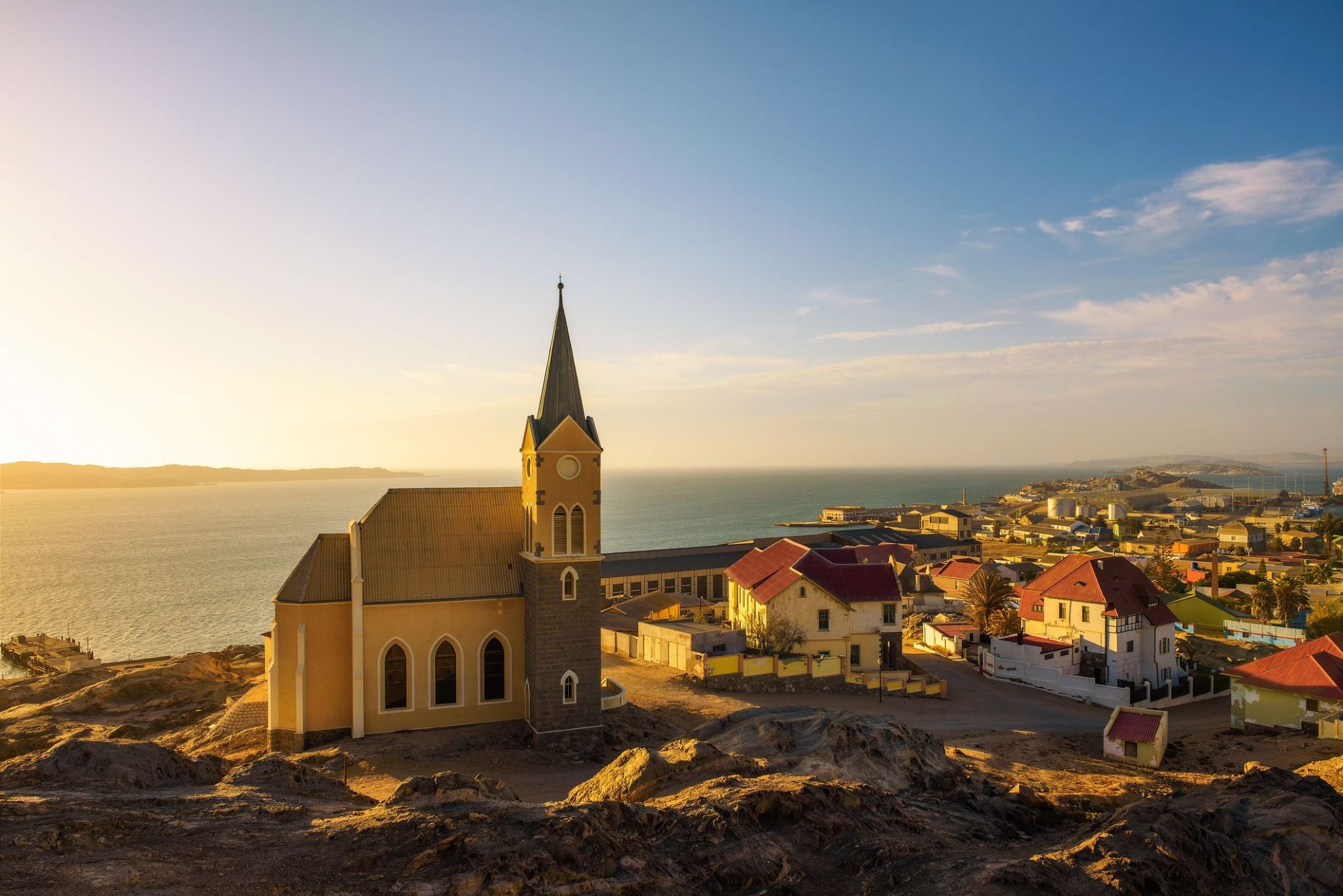
Narrow cobbled streets lead to colorful pastel houses, welcoming visitors to Luderitz. Nestled between desert dunes and the Atlantic Ocean, this town retains a unique charm reminiscent of the early 20th century. Colonial architecture blends with the sea air, while cozy cafes reflect the town’s German past.
Luderitz is renowned for its breathtaking coastal landscapes: turquoise waters of the bay and rugged coves merge seamlessly with golden desert sands. Adventurers can explore the abandoned diamond mining settlement of Kolmanskop or wander through lagoons where pelicans and flamingos gather. This corner of Namibia offers a unique blend of culture, history, and nature, waiting to be discovered.
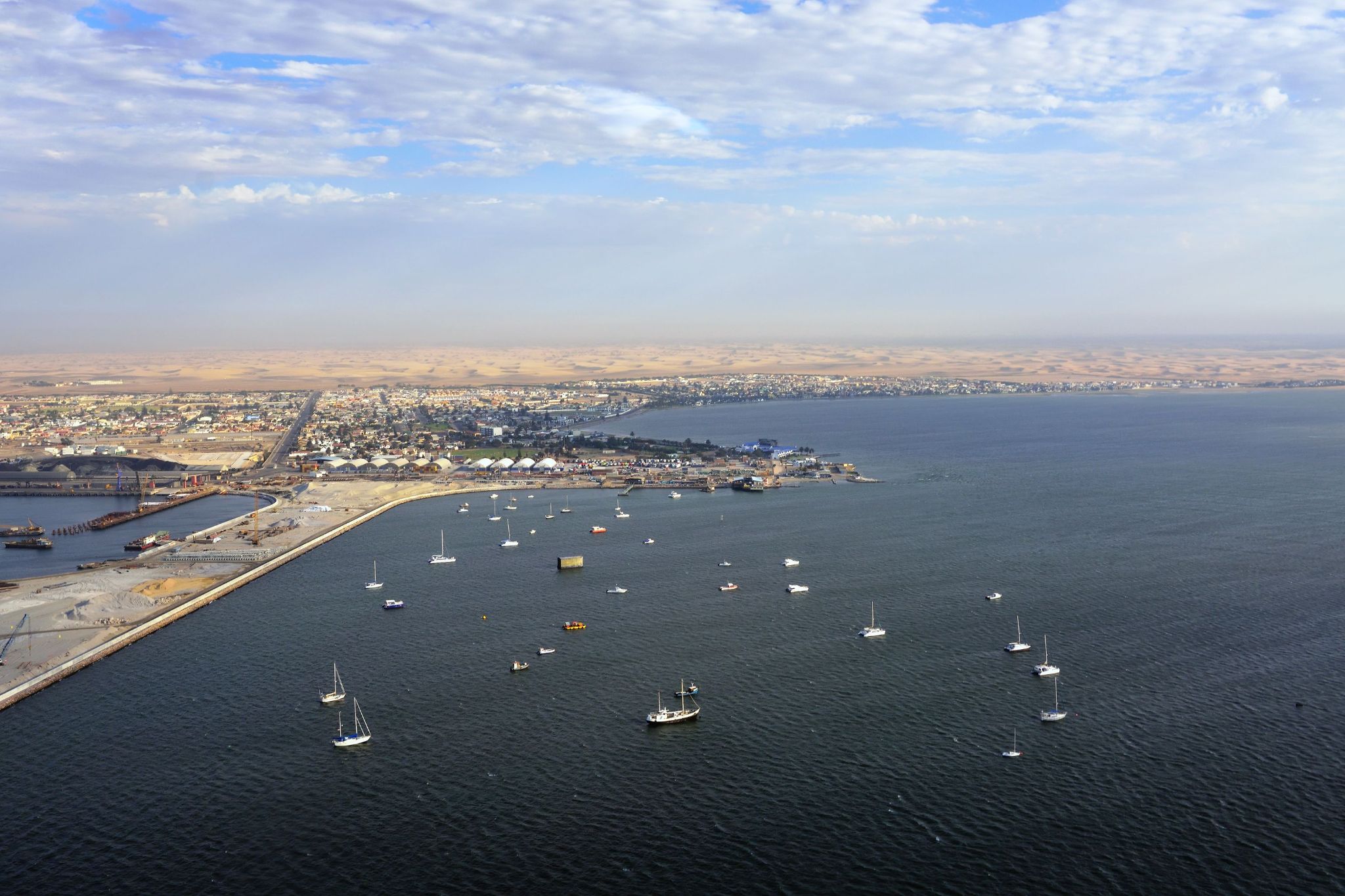
Walvis Bay — Namibia’s Maritime Gateway
Walvis Bay, located on the Atlantic coast of Namibia, offers a rare blend of an industrial port and a natural haven. The town is famous for its vast lagoon—one of the largest in Africa—where flamingos, pelicans, and other water birds can be observed year-round. It's also one of the top places on the continent to witness marine life: visitors often take boat trips to spot seals, dolphins, and sometimes even whales. The lagoon is also popular among kite surfers and windsurfers, thanks to steady winds and wide open waters.
The city plays a key economic role as Namibia’s main port and a hub for the fishing industry. Yet, Walvis Bay attracts not only through its utility, but also through the stunning desert landscapes of the Namib, which begin just outside the town. The famous dunes and lunar scenery create a unique contrast with the ocean. This rare meeting of sea and desert makes Walvis Bay an unforgettable stop on any journey through southwestern Africa.

Walvis Bay — Namibia’s Maritime Gateway
Walvis Bay, located on the Atlantic coast of Namibia, offers a rare blend of an industrial port and a natural haven. The town is famous for its vast lagoon—one of the largest in Africa—where flamingos, pelicans, and other water birds can be observed year-round. It's also one of the top places on the continent to witness marine life: visitors often take boat trips to spot seals, dolphins, and sometimes even whales. The lagoon is also popular among kite surfers and windsurfers, thanks to steady winds and wide open waters.
The city plays a key economic role as Namibia’s main port and a hub for the fishing industry. Yet, Walvis Bay attracts not only through its utility, but also through the stunning desert landscapes of the Namib, which begin just outside the town. The famous dunes and lunar scenery create a unique contrast with the ocean. This rare meeting of sea and desert makes Walvis Bay an unforgettable stop on any journey through southwestern Africa.









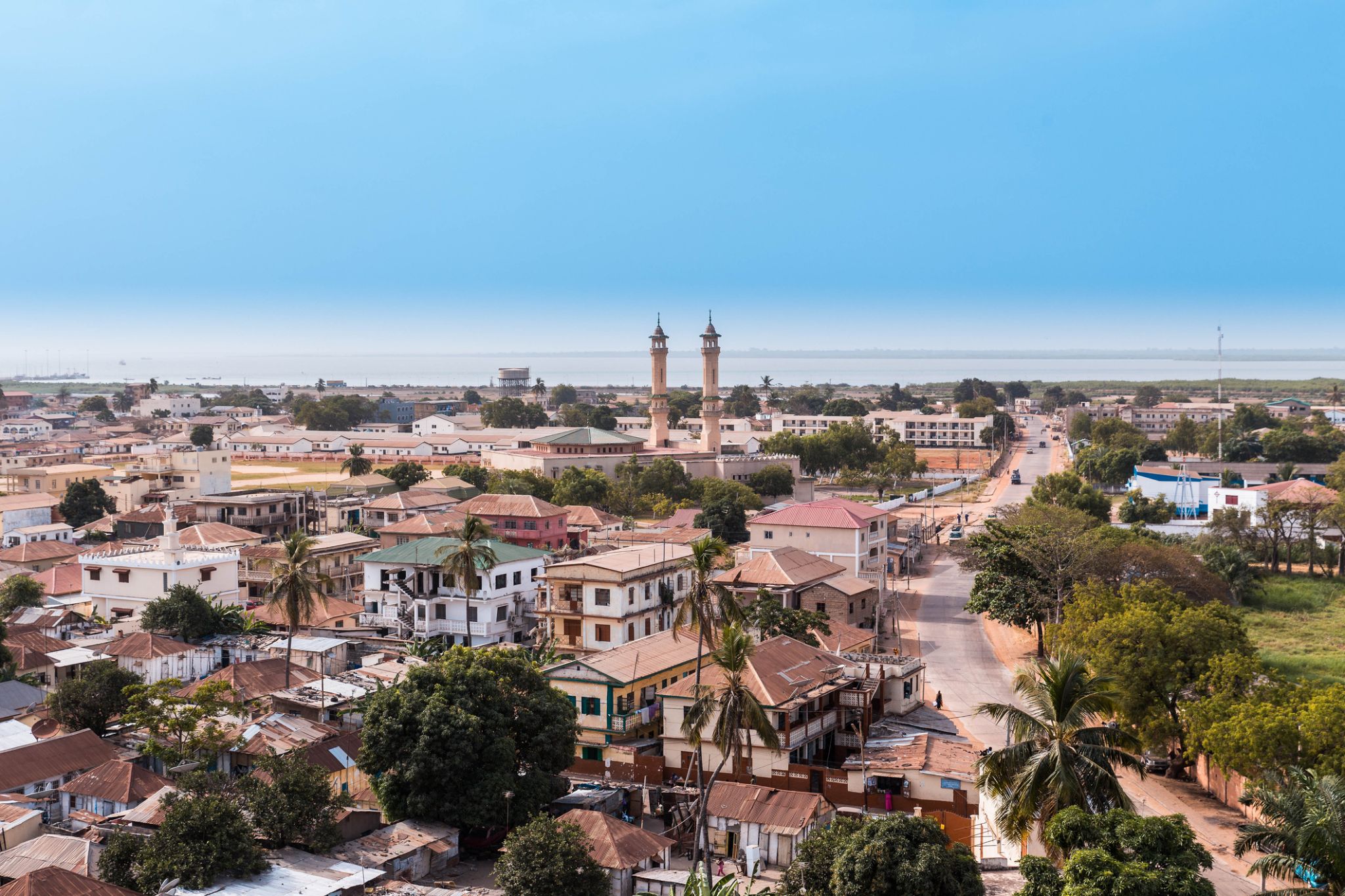
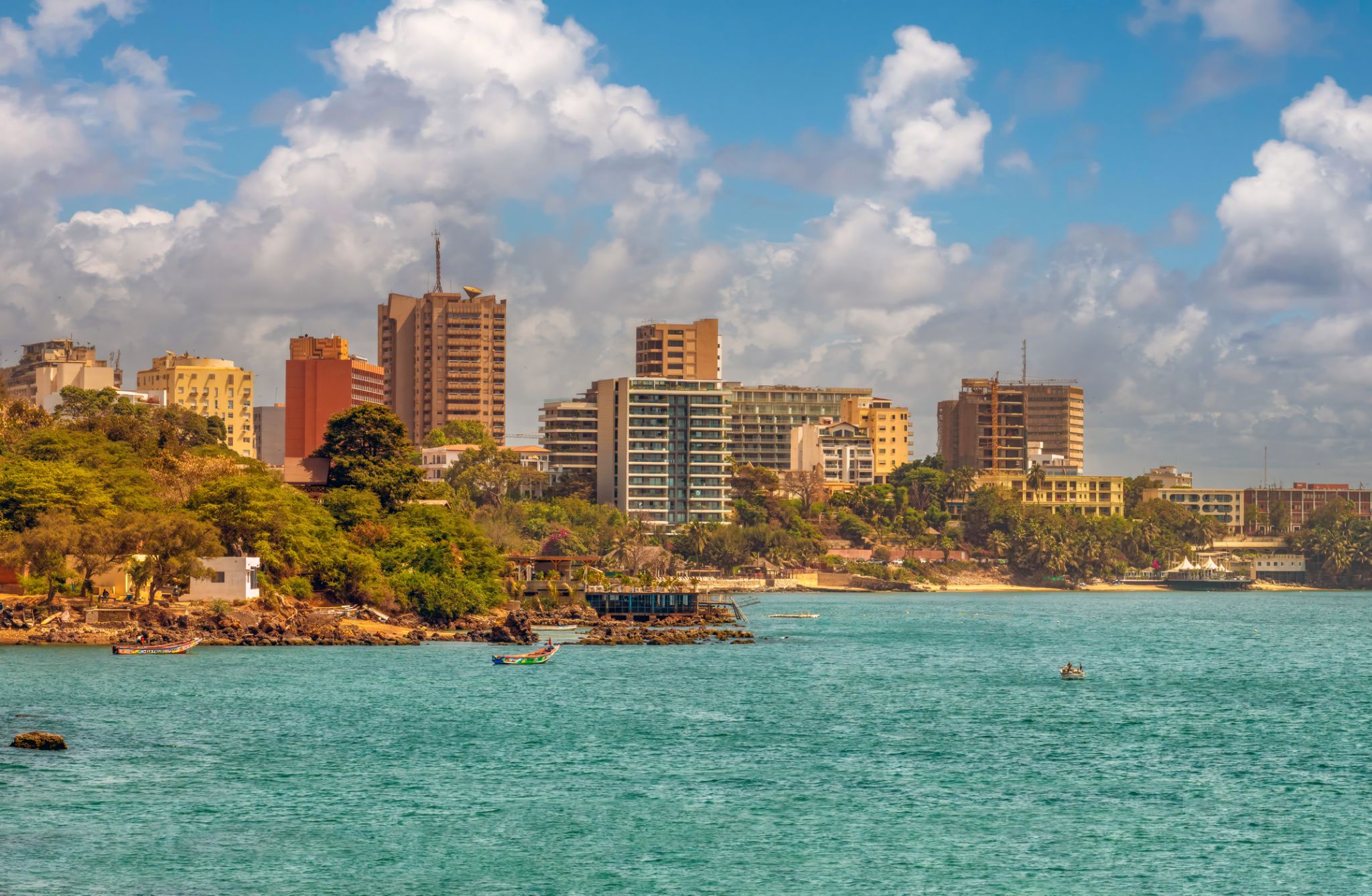
Dakar is the capital and largest city of Senegal. It is located on the Cap-Vert peninsula on the Atlantic coast and is the westernmost city on the African mainland. The city of Dakar proper has a population of 1,030,594, whereas the population of the Dakar metropolitan area is estimated at 2.45 million.
The area around Dakar was settled in the 15th century. The Portuguese established a presence on the island of Gorée off the coast of Cap-Vert and used it as a base for the Atlantic slave trade. France took over the island in 1677. Following the abolition of the slave trade and French annexation of the mainland area in the 19th century, Dakar grew into a major regional port and a major city of the French colonial empire. In 1902, Dakar replaced Saint-Louis as the capital of French West Africa. From 1959 to 1960, Dakar was the capital of the short-lived Mali Federation. In 1960, it became the capital of the independent Republic of Senegal.


